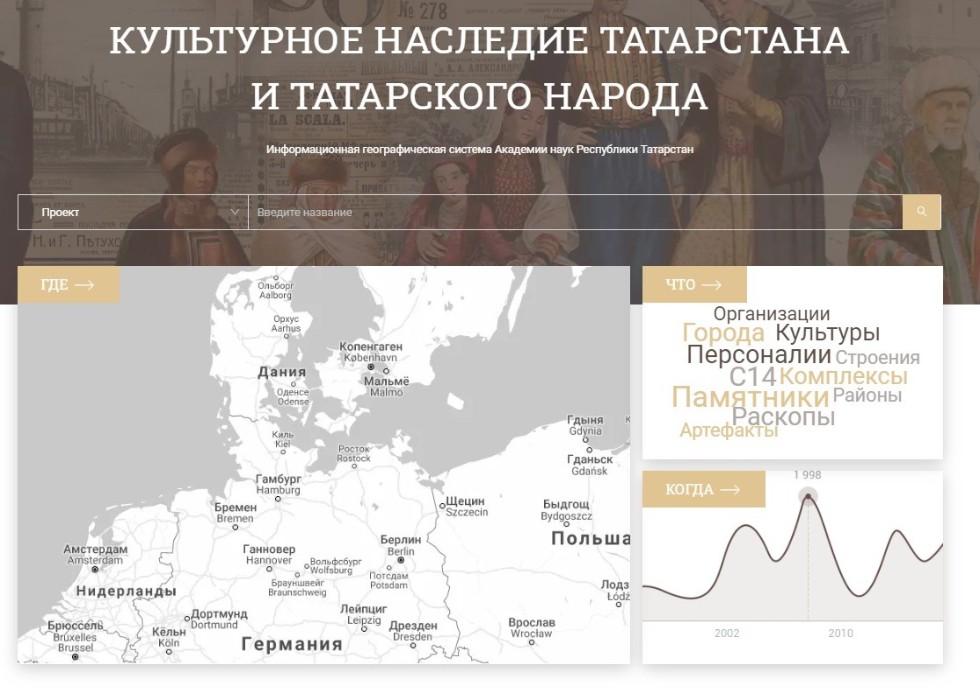Students assist in filling in the Cultural Heritage of Tatarstan and Tatar People portal

The project is co-curated by Kazan Federal University and Tatarstan Academy of Sciences.
The system stores data about archeological monuments, architecture, populated localities, and persons. Research and publications about cultural heritage are also collected here. Basically, this new portal comprises all the wealth of knowledge about historical monuments and culture amassed by Kazan Federal University and Tatarstan Academy of Sciences.
Among other things, digitization of archeological maps is a very labor-intensive task. Here is where research teams from different regions and countries come in.
Since this year’s internships have been moved online because of the coronavirus pandemic, students found themselves working with the immense amount of data which needs to be uploaded to the portal. Every student has to upload 70 objects into the system.
“There are currently 70 students undergoing internships, so we plan to upload data about approximately 5,000 archeological monuments. That’s nearly the full number of heritage objects found in Tatarstan until now. Many students from other provinces also show interest in this database, and they want to upload info about archeological monuments situated on their native lands,” says Leonid Vyazov, Head of Interdisciplinary Innovative and Scientific Archeological and Ethnological Research Lab (Higher School of Historical Sciences and World Cultural Heritage, Institute of International Relations, Kazan Federal University).
The vast project is currently in its third year, and two more years are planned. About 15,000 objects have been uploaded to the portal so far.
“We want to integrate the efforts of researchers and local history enthusiasts. Archeological cultures found in Tatarstan are also present in other provinces. To understand the historical development and ethnogenesis of peoples of Volga and Ural regions, including Tatar people, we need to glance around wider. Monuments of Volga Bulgaria can be found in Mari El, Udmurtia, Ulyanovsk Oblast, and Samara Oblast. If we are talking about the cultural heritage of Tatarstan, it’s spread much wider than the current territory of the Republic,” adds Vyazov.
Source text: Alina Minnevalieva
Translation: Yury Nurmeev